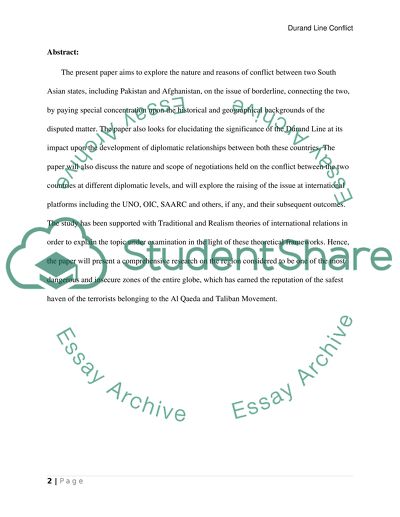Cite this document
(“Borderlands: Pakistan and Afghanistan and How They are Applied to the Thesis”, n.d.)
Borderlands: Pakistan and Afghanistan and How They are Applied to the Thesis. Retrieved from https://studentshare.org/geography/1401629-borderlands-pakistan-and-afghanistan-and-how-they
Borderlands: Pakistan and Afghanistan and How They are Applied to the Thesis. Retrieved from https://studentshare.org/geography/1401629-borderlands-pakistan-and-afghanistan-and-how-they
(Borderlands: Pakistan and Afghanistan and How They Are Applied to the Thesis)
Borderlands: Pakistan and Afghanistan and How They Are Applied to the Thesis. https://studentshare.org/geography/1401629-borderlands-pakistan-and-afghanistan-and-how-they.
Borderlands: Pakistan and Afghanistan and How They Are Applied to the Thesis. https://studentshare.org/geography/1401629-borderlands-pakistan-and-afghanistan-and-how-they.
“Borderlands: Pakistan and Afghanistan and How They Are Applied to the Thesis”, n.d. https://studentshare.org/geography/1401629-borderlands-pakistan-and-afghanistan-and-how-they.


